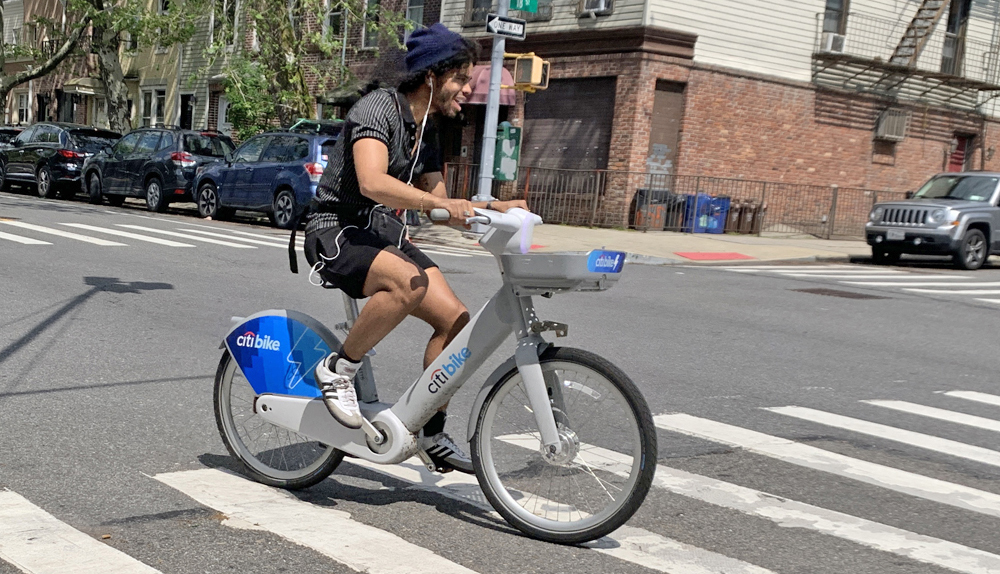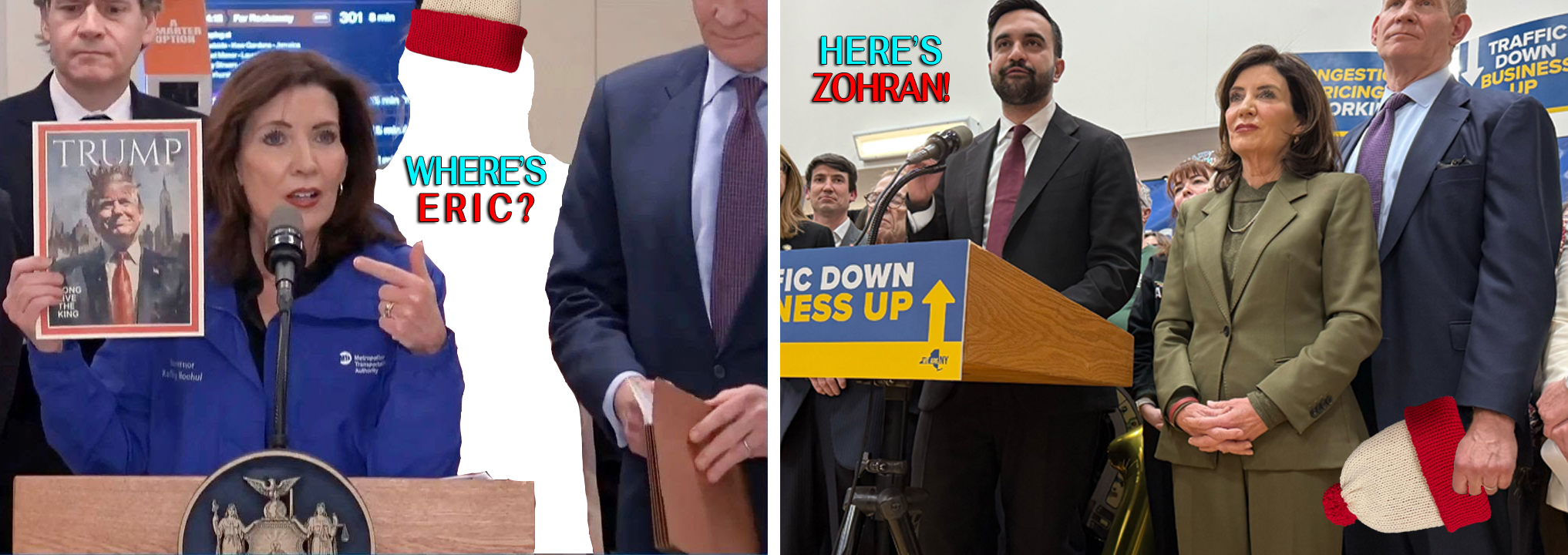This piece first appeared in Eno Transportation Weekly, a publication of the Eno Center for Transportation.
Even though one-third of all docked bike-share systems closed permanently at the beginning of the COVID-19 pandemic. the number of customers using bike share in the U.S. and Canada is now at an all-time high. Thank you, e-bikes.
E-bikes have been steadily gaining market share on city streets and suburban roads. In 2016, 50 times more classic bikes were purchased than e-bikes in the U.S. Today, it's only four times more — and the gap is shrinking.
Bike Share to E-Bike Share
Mia Kohout, the CEO of Vancouver Bike Share, says e-bikes have been a “big game changer for the shared bike industry.” Not only has Vancouver’s system fully recovered from the pandemic, but thanks to its launch of e-bikes, the number of annual bike share rides exceeded one million, for the first time, in 2023.
In New York, nearly half the rides on the Citi Bike system are now on e-bikes, even though they comprise only about one-fifth of the fleet. That is one reason why the number of Citi Bike trips in New York has nearly doubled compared to pre-pandemic levels.
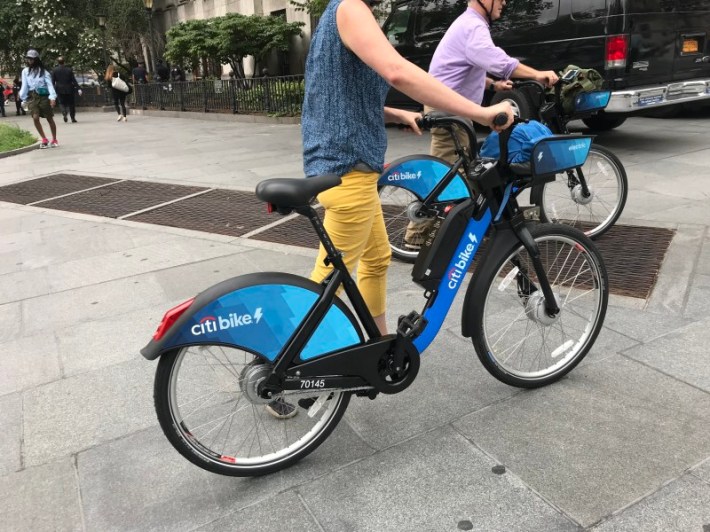
In Washington, D.C., the number of bike share users has also soared with more riders now choosing e-bikes over classic bikes. When Heartland Bike Share in Omaha first deployed e-bikes in 2018, it experienced a 30-percent increase in trips — a trend that has continued.
Earlier this month, panelists at an Eno Center for Transportation webinar shed light on the evolving landscape of bike-share programs, particularly in light of the growing prominence of e-bikes. (The webinar titled “Bike Sharing: Creating Successful Programs that are Financially Sustainable,” is available on Eno’s website.)
E-bikes “were preferred nearly 100 percent of the time. Classic bikes were only ridden when no e-bikes were available or riders didn’t understand the difference,” said Benny Foltz, the CEO of Nebraska’s ROAM Share, explaining the system's transition to an all electric fleet. Part of the reason for the e-bike preference may be that Omaha is a relatively hilly city; although Foltz has seen a somewhat similar preference at his bike-share program in Lincoln, the relatively flat capital city where e-bikes, which comprise only 20 percent of the bikes, are used for more than 75 percent of the trips..
Although e-bikes cost more than $3,000 each and are more costly than classic bikes to maintain, bike-share programs see them as a worthwhile investment because they attract more users.
“The future will be all e-bikes in all bike share programs,” Foltz predicted.
Waffiyyah Murray, the program manager for Philadelphia’s bike share program, said that e-bikes have also led to a marked increase in total ridership on her system. Well over half the trips taken in Philadelphia are now on e-bikes. Between 2022 and 2023, the number of trips on classic bikes fell 5 percent to 504,000 while the number of e-bikes trips increased 43 percent to 580,000.
“Riders can take longer trips with less effort and it is especially attractive to seniors and people who live further from the center of the city,” she said.
Referring to her Vancouver experience, Kohout said, “If the price was the same, everyone would choose e-bikes. The only reason people are choosing the classic bikes is because of the lack of subsidies.” Murray said, “Philadelphia is still trying to figure out the best pricing model. Knowing that the industry is trending to e-bikes, we want to make them affordable.”
Ingredients for Success
In November, Streetsblog’s Kea Wilson wrote about how some bike-share networks (including those in Louisville, Houston, and Minneapolis) had shut down for financial reasons. The panelists on this month's webinar shared their insights on how to create successful programs that are financially sustainable.
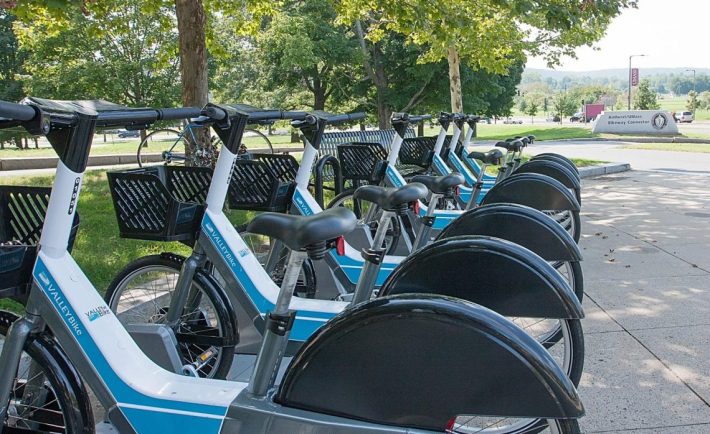
One thing that was clear is that no city is too big or too small for a bike-share system. Valentine, Neb. has fewer than 3,000 residents, but offers a bike share system with one station and eight bikes. Meanwhile, New York has more than 2,100 Citi Bike stations and the system frequently exceeds 100,000 trips per day (and hosted seven million e-bike rides so far this year). That level of use dwarfs ridership on most U.S. transit systems, including the light rail lines in Seattle, Denver, and Dallas which cost billions of dollars to construct.
No matter the size, Murray talked about the importance of knowing your customers and potential customers. That means finding out how they feel about biking and bike share, and then designing a program that will overcome potential barriers such as those relating to safety, affordability, and bike riding skills.
“Our busiest stations are along bike routes, and bike infrastructure is crucial for the success of bike share programs,” added Kohout.
Sam Herr, the executive director of the North American Bikeshare & Scootershare Association said having dedicated lanes and paths for bicycles helps make a program successful, but it shouldn’t stop cities without good bicycle infrastructure from starting a bike share program. Foltz, who lives in a state that has consistently ranked as one of the nation’s least bike friendly, agreed and said that implementing a bike sharing program can help create a constituency to promote better bike infrastructure.
Setting up and operating a new bike-share program can be complicated logistically, politically, and financially, but it has become easier in recent years because more organizations in the industry have experience managing programs and more private companies offer hardware and software services. Herr noted that her association has prepared reports and guidesto help both new and existing ride share programs.
Numerous Financial Models
Bike-share programs can be set up in numerous ways. Docking stations and bikes can be owned by either a public or private entity, while most systems are operated by either a business or a non-profit organization. Numerous financial models have also been implemented.
For example, the city of Philadelphia provided the initial investment to launch its program and the city owns most of the bicycles and stations. A private firm was hired to operate, maintain, and market the system. To pay for these expenses, the firm generates revenues from user fees and sponsorships, as well as advertisements posted on selected stations. To finance the program’s expansion, federal, state and private foundations have been used.
In Vancouver, the city provided $5 million to help launch and operate the bike share system for five years. A private firm now operates and maintains the service.
In Omaha, the city and ROAM Share each own half the equipment, but the non-profit ROAM keeps all the revenue. Seeking funding from cities, sponsors, foundations, and universities keeps Foltz busy, since user passes pay for less than 20 percent of ROAM’s expenses. Foltz has found that the most effective way to garner support has been to take local politicians and potential funders on bike share rides.
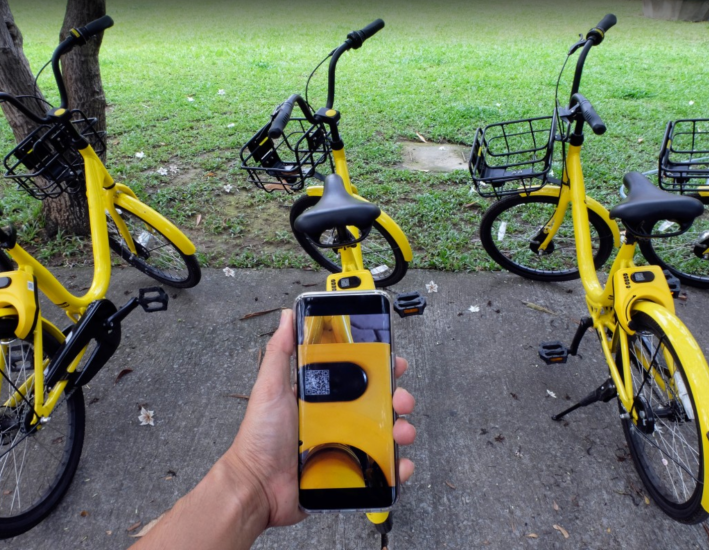
Many bike share programs have relied upon federal funds to pay for bike share docks, equipment, and other capital costs. However, programs do come with restrictions. For example, the federal government does not define bike share as public transportation. That is why Federal Transit Administration funds can be only be used to build a bike share station if it is located within a three-mile radius of a transit stop.
After attending Eno’s webinar, Calvin Thigpen, Lime’s policy research director, shared lessons learned from his company’s own experience. Lime offers dockless e-bike and e-scooter systems in more than 200 cities worldwide. While many of Lime’s competitors have entered into bankruptcy and ceased operations in the past few years, Lime’s revenue and profitability have grown, which Thigpen credits to technology. Most bike share companies purchase their bikes, while Lime designs and builds its own. Lime has also invested heavily into its data science and software application teams, and they have created apps and associated software that optimize revenue and minimize Lime’s operations and maintenance costs.
Different financial structures help explain why using a bike share in one city can cost so much more than another. For instance, a one-day pass in New York costs $19 while Philadelphia users can purchase a 30-day pass for just $20. The private firm, Lyft, that operates Citi Bike in New York does not get government assistance; it has to pay for bicycles, stations, and the right to use the curb.
Transit and Equity
Foltz, Kahout, Herr, and Murray all talked about the importance of integrating shared bikes with transit. Bikes, of course, should be located near exiting transit stops, but developing strong partnerships with transit agencies can also lead to cross promoting services and sharing information.
Ideally, transit users could use one pass for both transit and bike rides. Pittsburgh piloted such a service in 2017 when transit users received an unlimited number of fifteen-minute bike share trips for free. Although that program is no longer in effect, some cities (such as Pittsburgh, Las Vegas, and San Antonio) offer a single smart phone app that can be used to plan multi-modal trips, purchase transit passes, and unlock bikes.
The panelists all consider equity to be an important measure of a bike share program’s success. Over 18 percent of the passholders in Philadelphia’s system are low-income state residents who are eligible for government-issued cash, food, or medical benefits. They pay only $5 for a 30-day pass rather than $20. The program has also deliberately installed bike stations throughout the city (not just in the city center or near universities) and it offers free bike safety education courses to help people become more comfortable riding on city streets. Vancouver also offers discounted passes to low-income residents. Moreover, Vancouver’s young people are eligible for discounts, in part because it could lead them to become life-long users.
Funding Challenges
A February state legislative hearing in Nebraska revealed some of the challenges that advocates face when they try to obtain government funding. State senators discussed a bill which would appropriate $250,000 for bike-share programs, citing benefits such as bringing people to and from transit stops, filling in transit dead zones, and alleviating parking and congestion problems.
But state senators were openly skeptical, with one sayinh, “Having a business that only covers 20 percent of its expenses from rental makes a guy's head spin,” suggesting that it would be more efficient to just buy new bicycles for $150 and give them away. (A bike for $150?)
